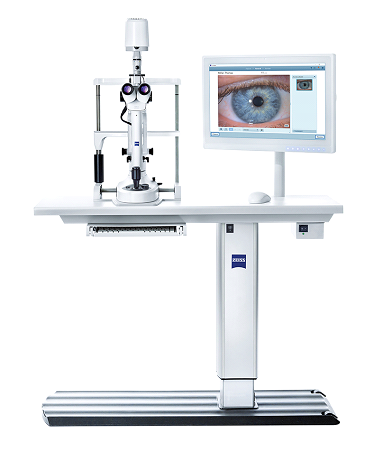
This section explains what you can expect at your appointment.
It will cover why you need to have the drops, tests and investigations, and what arrangements to make before you come.
Before you arrive
You will receive a text message reminder confirming your appointment time the day before your appointment. Keep in mind that we are on the Queensland side of the border and your appointment will be Queensland time.
Please ensure you have a current referral. You can call the clinic to confirm whether your referral is current or not.
It is likely that you will have your pupils dilated for the assessment. Dilating the pupils will blur the vision and you may not be able to see well enough to pass the driving requirements until the drops have worn off, which usually takes about 3 to 4 hours. With this in mind, it is recommended you have someone to drive you home from your appointment.







